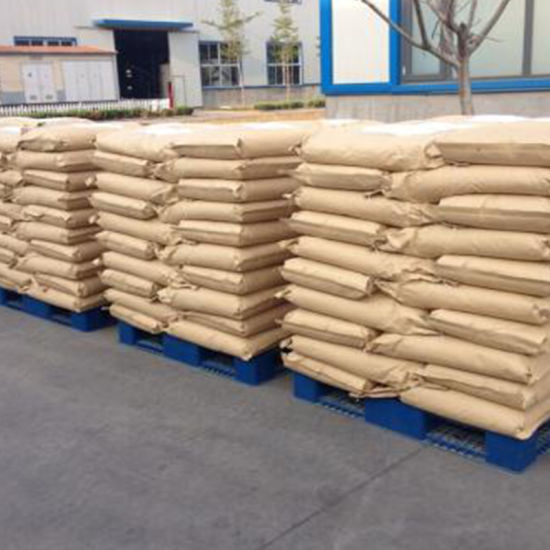Mitigating Risks: Safeguarding Against Improper Handling and Disposal of Anionic Polyacrylamide Flocculant
2024-02-26
In the realm of water treatment and industrial processes, the proper handling and disposal of chemicals are paramount for ensuring safety, environmental protection, and regulatory compliance. Anionic polyacrylamide flocculant, a versatile polymer widely used for promoting flocculation and sedimentation, poses potential risks if mishandled or improperly disposed of. In this blog, we'll explore the potential risks associated with the improper handling or disposal of anionic polyacrylamide flocculant and outline strategies for mitigating these risks to safeguard human health and the environment.
Potential Risks:
1. Toxicity: Anionic polyacrylamide flocculant formulations may contain residual monomers or impurities that can be toxic to aquatic organisms and ecosystems if released into the environment. Improper handling or disposal of flocculant solutions can lead to contamination of water bodies, posing risks to aquatic life and ecosystems.
2. Environmental Contamination: Spills, leaks, or improper disposal of anionic polyacrylamide flocculant can result in environmental contamination of soil, surface water, or groundwater. The release of flocculant residues into the environment can have adverse effects on soil quality, water quality, and ecosystem health.
3. Health Hazards: Direct exposure to anionic polyacrylamide flocculant solutions or dusts can pose health hazards to workers, including skin irritation, eye irritation, respiratory irritation, and allergic reactions. Improper handling practices, inadequate personal protective equipment (PPE), or accidental ingestion or inhalation of flocculant materials can result in health risks for personnel.
4. Regulatory Non-Compliance: Failure to properly handle, store, or dispose of anionic polyacrylamide flocculant in accordance with regulatory requirements can lead to non-compliance with environmental, health, and safety regulations. Violations of regulatory standards may result in fines, penalties, legal liabilities, and reputational damage for organizations.
Mitigation Strategies:
1. Risk Assessment and Management: Conduct a comprehensive risk assessment to identify potential hazards associated with the handling and disposal of anionic polyacrylamide flocculant. Develop risk management plans and procedures to mitigate identified risks and prevent incidents.
2. Training and Education: Provide thorough training and education to personnel involved in the handling, storage, and disposal of anionic polyacrylamide flocculant. Ensure that workers are familiar with safety protocols, emergency procedures, and proper handling practices to minimize risks.
3. Use of Engineering Controls: Implement engineering controls such as containment systems, spill containment measures, and ventilation systems to minimize the risk of spills, leaks, or releases of anionic polyacrylamide flocculant. Use secondary containment measures to prevent environmental contamination in case of accidental spills.
4. Personal Protective Equipment (PPE): Provide appropriate personal protective equipment (PPE), including gloves, goggles, respirators, and protective clothing, to workers handling anionic polyacrylamide flocculant. Ensure that PPE is properly fitted, maintained, and used according to manufacturer recommendations and safety guidelines.
5. Spill Response and Emergency Preparedness: Develop and implement spill response plans and emergency preparedness procedures to effectively manage spills, leaks, or releases of anionic polyacrylamide flocculant. Train personnel on spill response protocols, containment measures, and cleanup procedures to minimize environmental impacts and health risks.
6. Proper Disposal Practices: Dispose of anionic polyacrylamide flocculant waste materials in accordance with regulatory requirements and best management practices. Utilize authorized waste disposal facilities or treatment processes to ensure safe and environmentally responsible disposal of flocculant residues.
7. Environmental Monitoring: Implement environmental monitoring programs to assess the impact of anionic polyacrylamide flocculant usage on soil, water, and ecosystems. Regularly monitor effluent quality, soil quality, and surface water quality to detect any signs of contamination and take corrective actions as needed.
In conclusion, mitigating the risks associated with the improper handling and disposal of anionic polyacrylamide flocculant requires a comprehensive approach that encompasses risk assessment, employee training, engineering controls, personal protective equipment, spill response preparedness, proper disposal practices, and environmental monitoring. By implementing proactive measures to minimize risks and ensure compliance with regulatory requirements, water treatment facilities and industrial operations can safeguard human health, protect the environment, and promote sustainable practices in chemical management.



